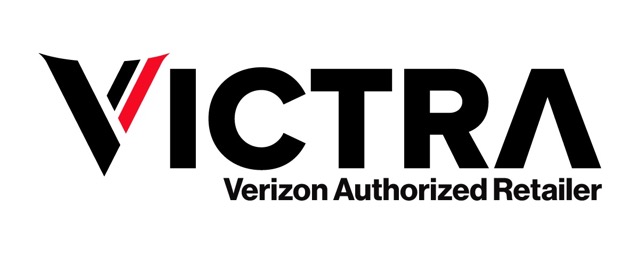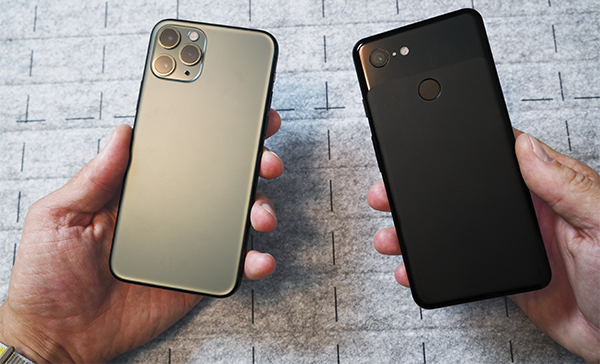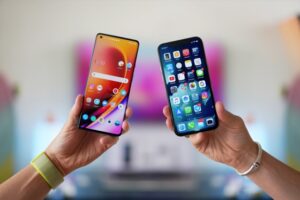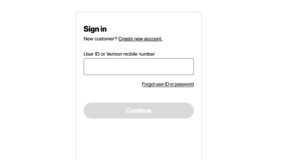Table of Contents
Switching from an Android smartphone to an iPhone can be an exciting, but also stressful, experience. You may be concerned about losing your data, contacts, and familiarity when you change operating systems, user interfaces, and app ecosystems.
But don’t panic; the shift doesn’t have to be stressful. In reality, Apple and several other companies provide simple solutions to make the transition as painless as possible. Let’s look at how you can seamlessly go from Android to iPhone.
How To Transfer Data From Android To iPhone: Before You Start
- 1. Your Old Android Phone: Check that it’s charged and connected to Wi-Fi.
- 2. Your New iPhone: During the initial setup, go as far as the “Apps & Data” tab.
- 3. Wi-Fi Connection: Both phones must be connected to the same Wi-Fi network.
- 4. Google Account Login Information: For transferring contacts, emails, and other data.
- 5. Apple ID: If you don’t already have one, you’ll be asked to create one throughout the iPhone setup process.
Step 1: VERY IMPORTNAT: Make a backup of your Android data.
Before making the switch, make sure ALL of your data is backed up, including contacts, images, texts, and more. Your data may already be backed up on Google Drive, Google Photos, etc. but double check before proceeding. We cannot stress this point enough.
- 1. Sync your contacts to your Google account.
- 2. Photos and Videos: For a smooth transition, use Google Photos.
- 3. Messages, Application Data, and Settings: To backup to Google Drive, go to Settings > System > Backup on your Android device.
Step 2: Get Your iPhone Ready
Turn on your new iPhone and go through the setup process until you reach the “Apps & Data” screen. There are numerous data transfer solutions available here. Then select “Move Data from Android.”
Step 3:Download and install the ‘Move to iOS’ app.
- 1. From the Google Play Store, download the “Move to iOS” app for your Android device.
- 2. Launch the app and accept the terms and conditions.
- 3. On the “Move from Android” screen on your iPhone, tap “Continue” to see a numerical code.
- 4. On your Android device, enter this code.
Step 4: Configure Your iPhone
When the transfer is finished, your iPhone will prompt you to complete the setup. This will involve things like customizing settings and setting up Face ID or Touch ID.
Step 5: Restore Purchases and Download Apps
The ‘Move to iOS’ software will generate a list of all the free and premium apps that were installed on your Android device. Paid apps will be added to your wishlist, while free apps will be offered for download from the App Store.
Step 6: Sync Extra Data
- 1. Emails and Calendars: If you used Gmail on your Android, simply download the Gmail app or set up your account on your iPhone using the Mail app.
- 2. Music: Use Apple Music or third-party services such as Spotify. You can utilize Google Play songs on your iPhone if you’ve purchased songs from Google Play.
- 3. Files: To migrate your crucial files, use , Google Drive, or Dropbox.
Step 7: Become Familiar with iOS
One of the most noticeable differences between Android and iPhone is the user interface. Spend some time exploring iOS, changing your settings, and downloading useful apps.
Final Thoughts
While it may take some time to adjust to the new ecosystem, Apple’s user-friendly interface is intended to make the move as easy as possible. You’ll wonder how you ever survived without features like FaceTime, iMessage, and the entire ecosystem that comes with an iPhone before you realize it.
So go ahead and make the switch and enjoy your new iPhone!
is a skilled Web Developer and Designer. He builds and designs websites that focus on best UI/UX practices. Justin is also a Verizon Product Expert at Victra, helping customers with Verizon products and services. His mix of design, coding, product, and general knowledge makes him a valuable and knowledgeable team member.




